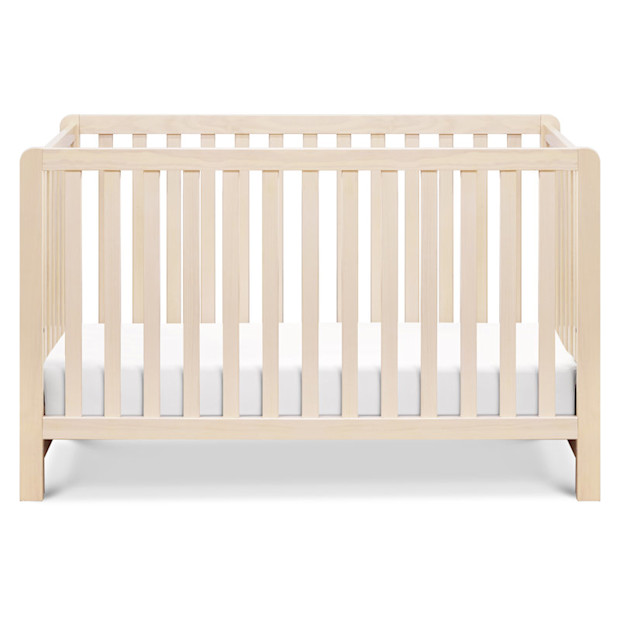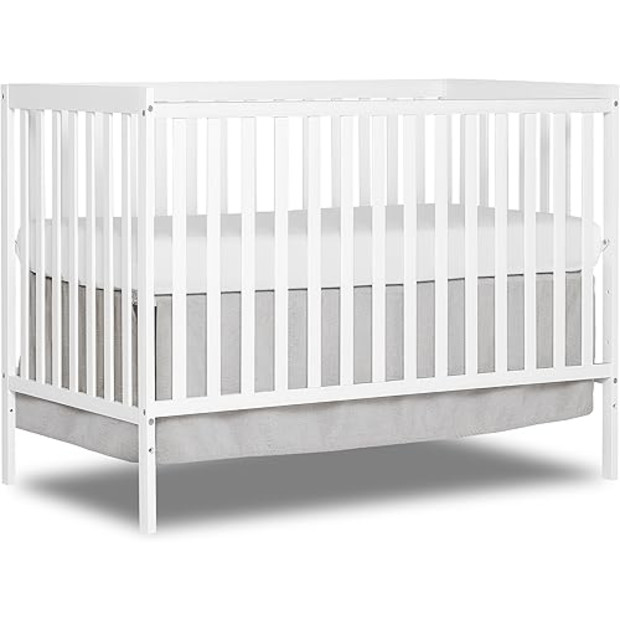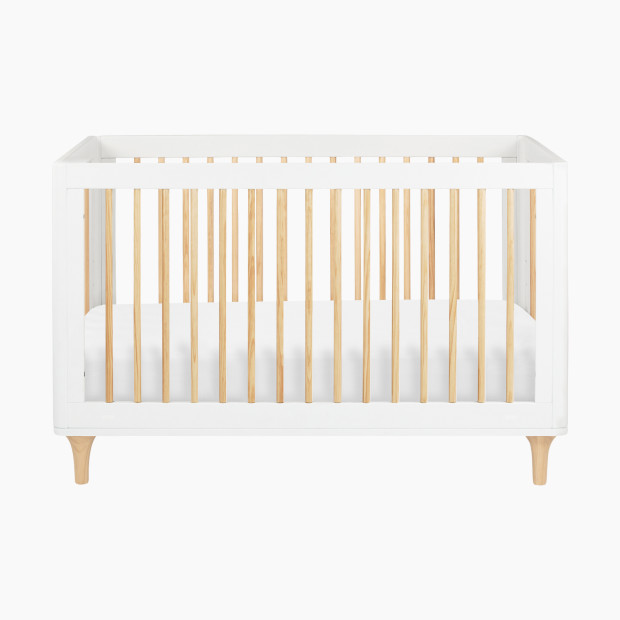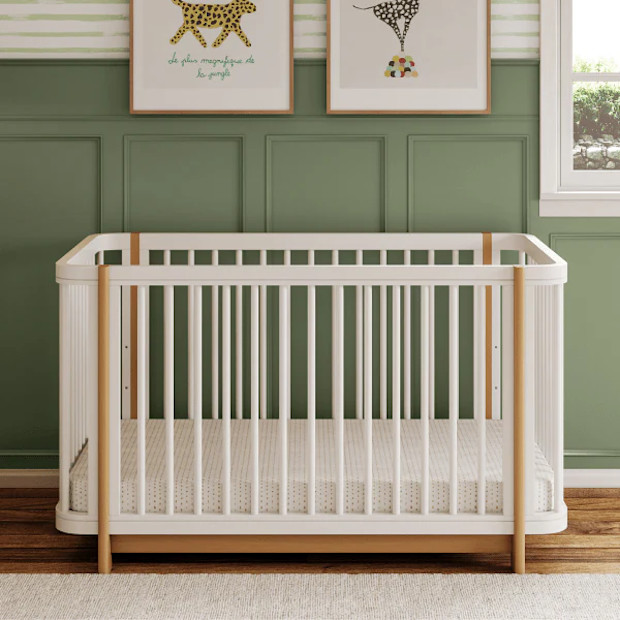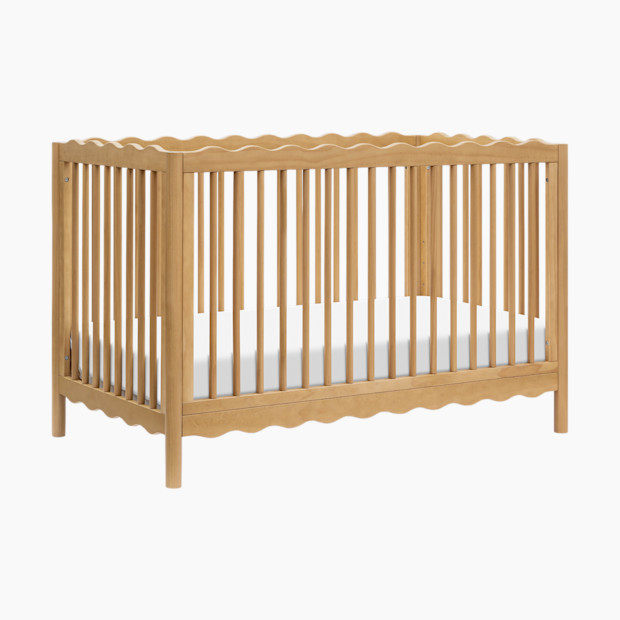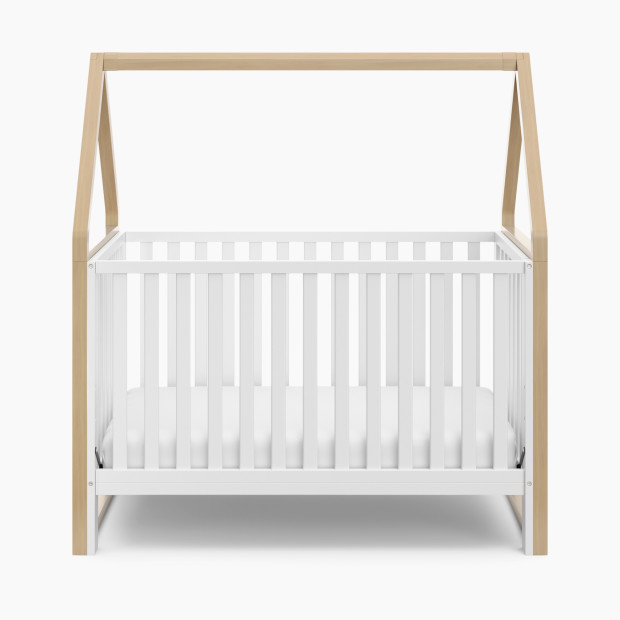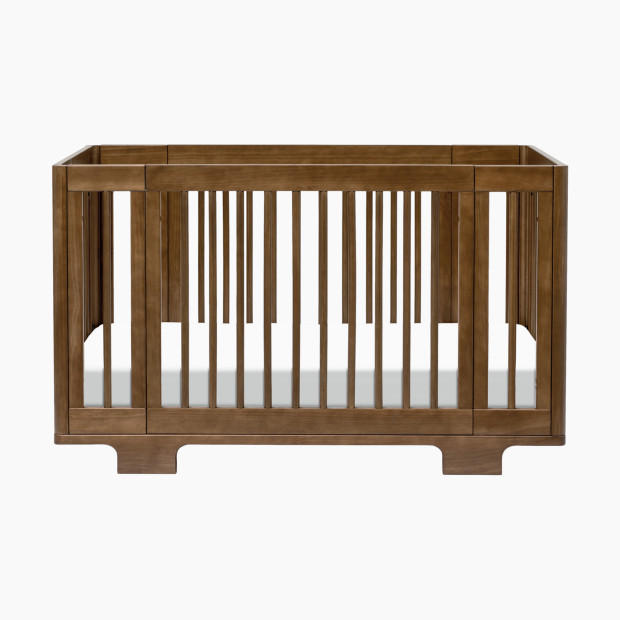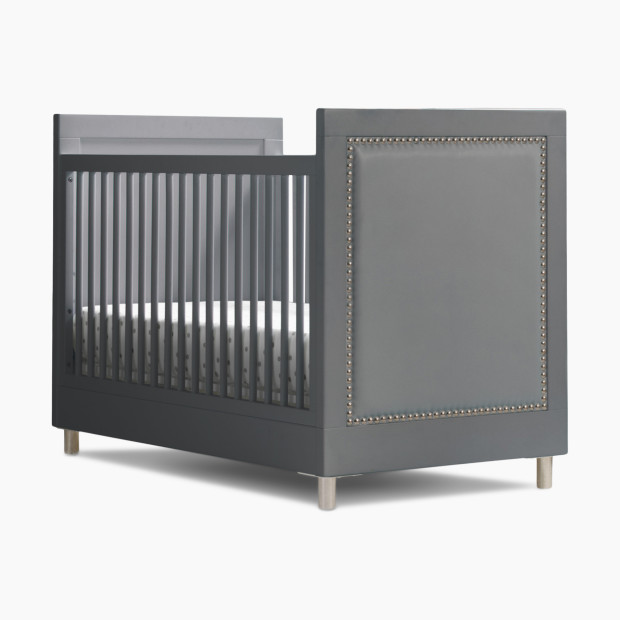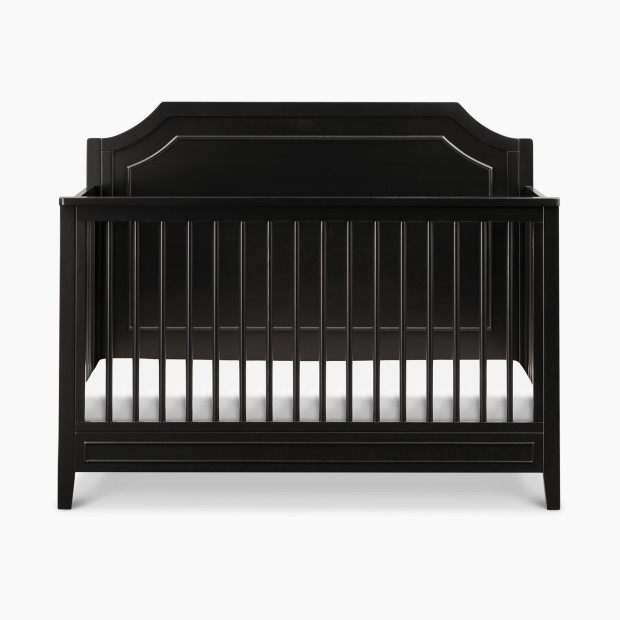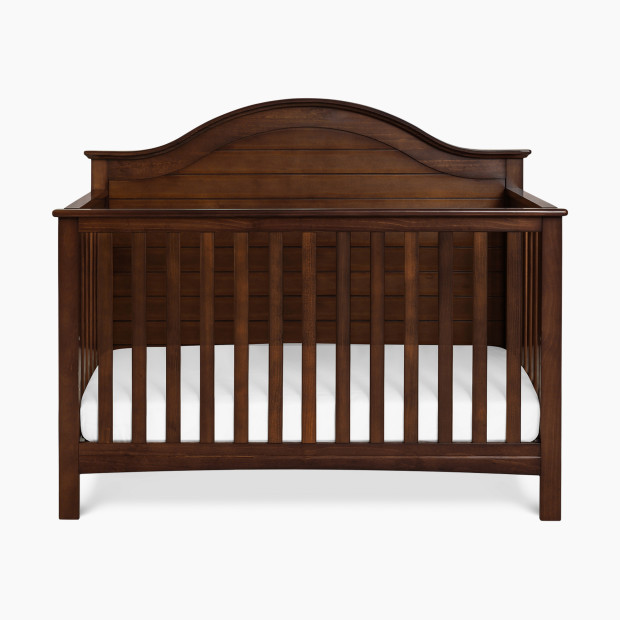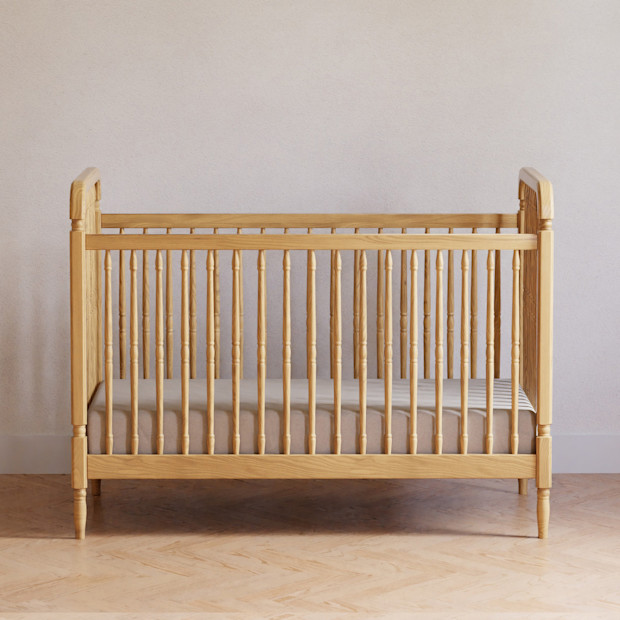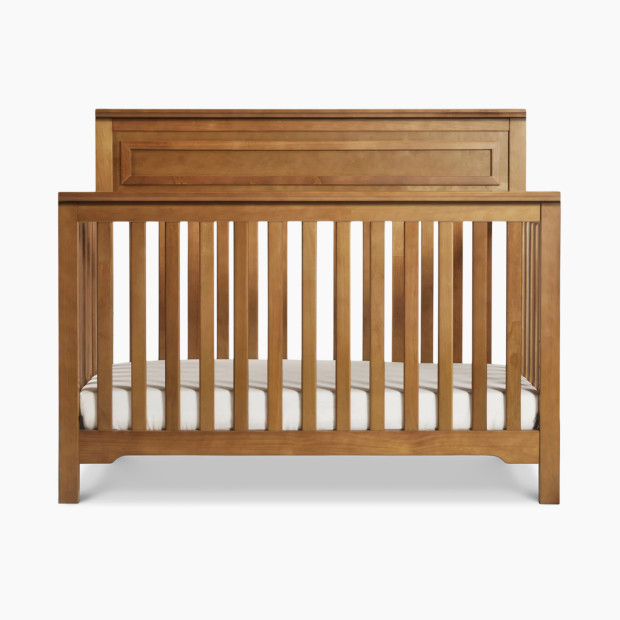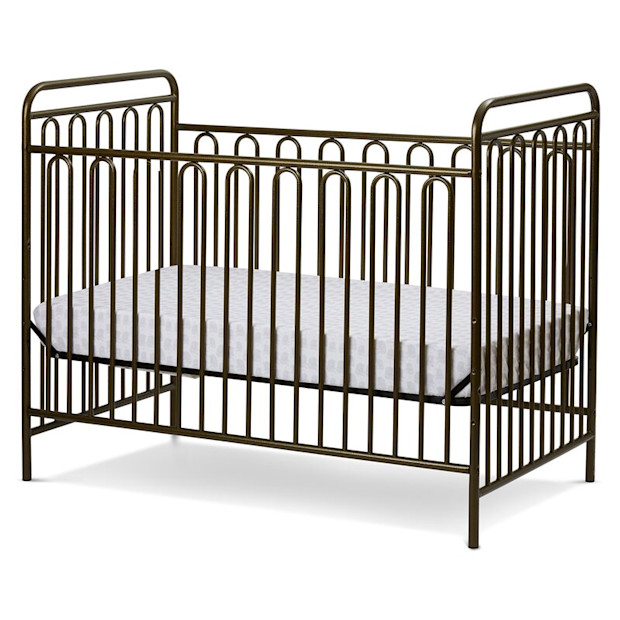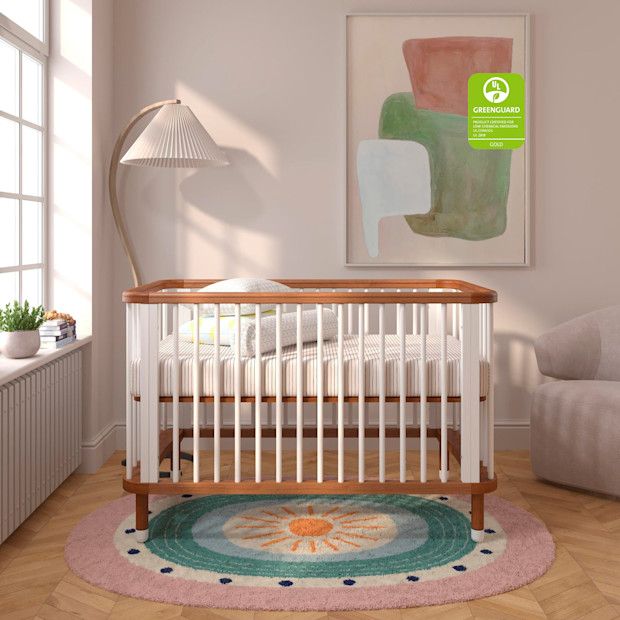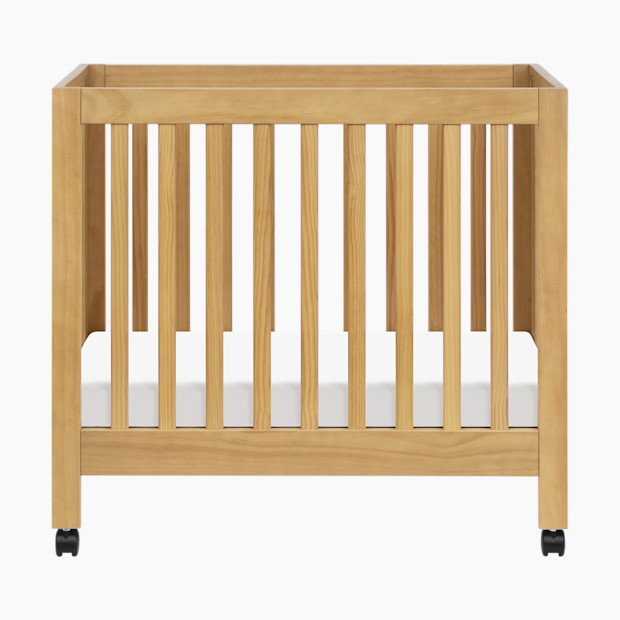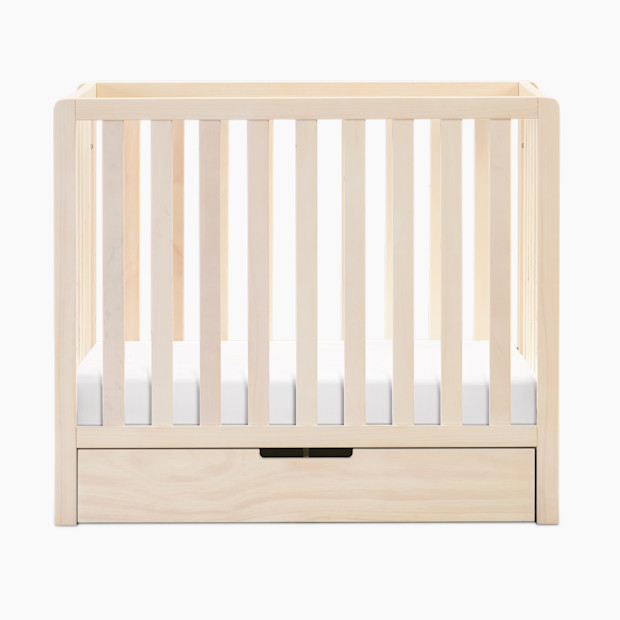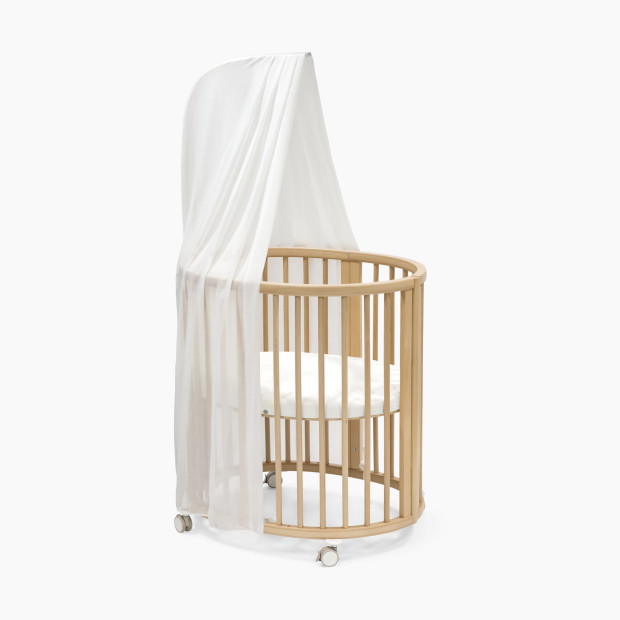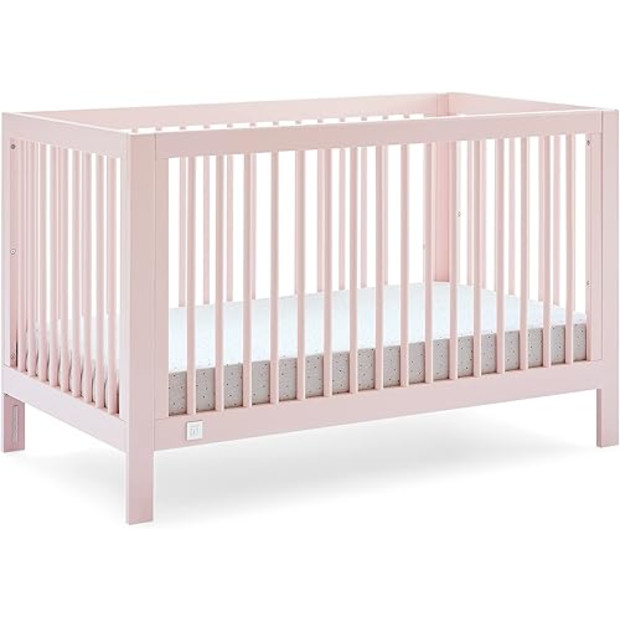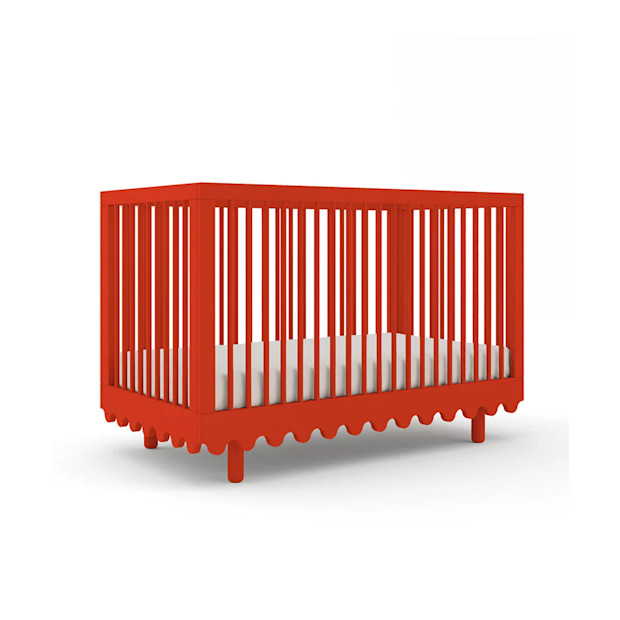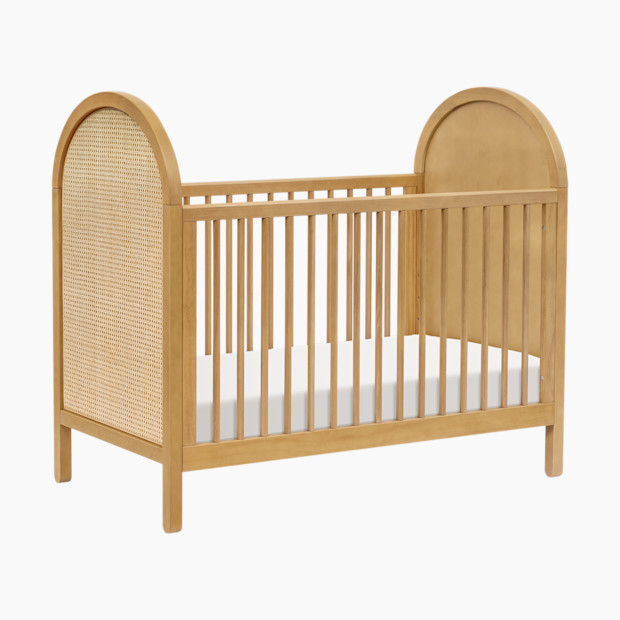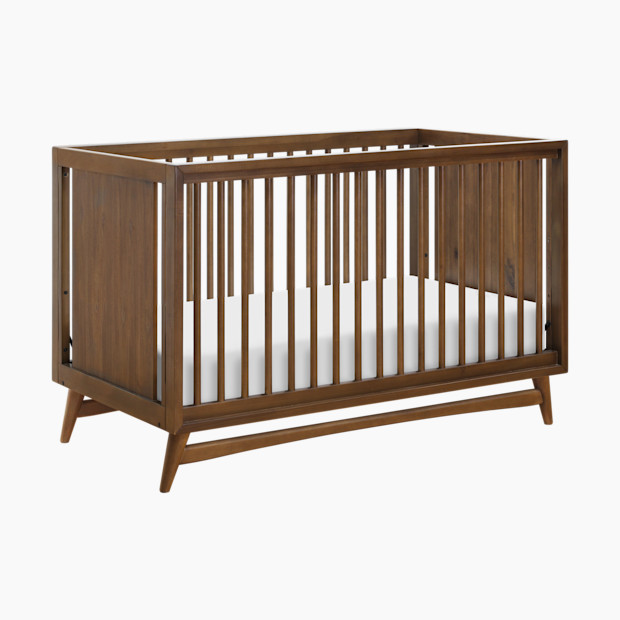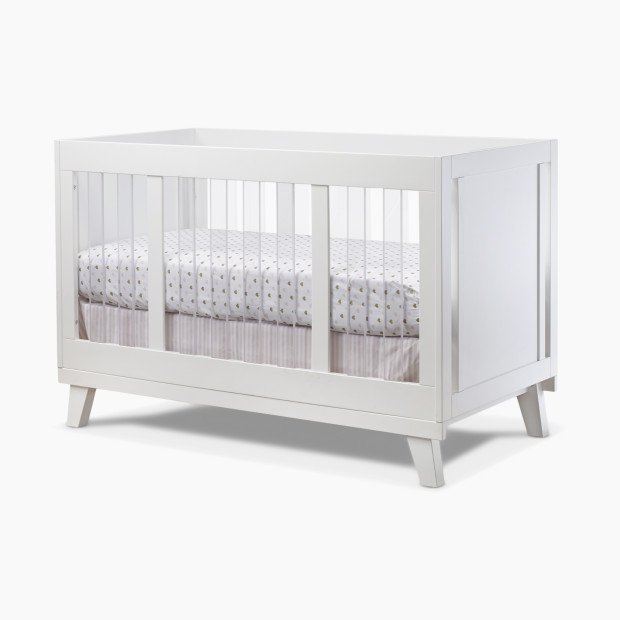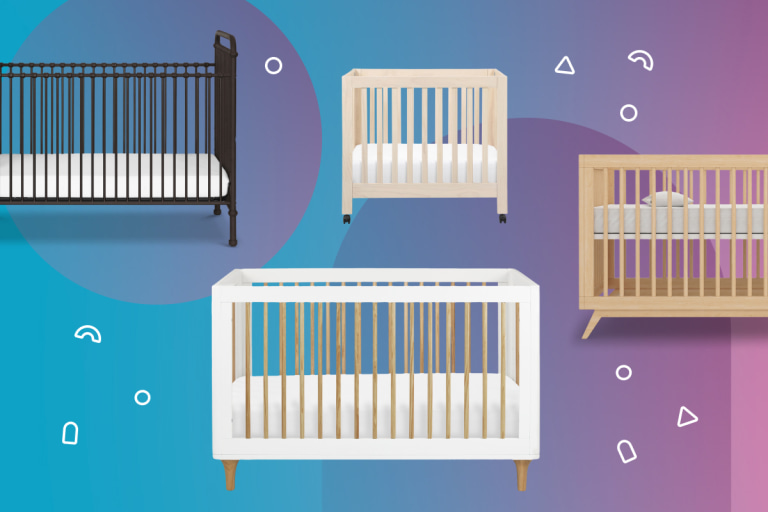
The Best Cribs for Safe (and Stylish) Snoozing
Modern or minimalist, classic or mid-century, here’s how to shop for a crib and 30+ styles to browse.

By Jen LaBracio, CPST and Latifah Miles
Medically Reviewed by Brittany DiBardino DO
In This Article
A crib is more than just a safe sleep place for your baby—it’s also one of the biggest pieces of nursery furniture you’ll invest in, especially if you opt for a crib that has additional configurations as you’ll be able to hold on to it through the preschool years. Whether you use a crib from day one or transition into one later, most parents get years of use out of this nursery essential. And when it comes to the style of your nursery, the crib can be the focal point or a piece of furniture that helps elevate the overall look.
To help you narrow down your options and find the perfect match for your nursery aesthetic and family’s needs, we rounded up over 30 of the best cribs, from our personal favorites to popular Babylist parent picks.
Why Trust Babylist?
Babylist is the expert in baby; we know baby gear inside and out. We talk with parents face-to-face in our showroom and on our user panels and hear from thousands annually via our Best Baby Products online survey. We know what items millions of expecting parents are adding to their baby registries.
Personal and professional experience. As a mom of two children who are 10 years apart in age, I’ve witnessed quite an evolution of cribs and crib style options (my 12-year-old slept in a hand-me-down dropside crib). And as a professional in baby and parenting media, I’ve researched and tested dozens of baby products—including cribs.
Expert insights. I utilized the expert insights of our resident gear editor, who has years of experience reviewing, researching and testing baby gear. I also interviewed two interior designers about upcoming nursery design trends.
Crib data. As an editor at Babylist, I consistently review data around which baby products—including cribs—our users are adding to their registry. I’m also dialed into what our Babylist Shop team has on their trending right now shortlist of baby products. Diving into this data helped me build this gallery of the best cribs to choose from.
Real parent reviews: I reviewed the feedback and comments from our annual product survey of thousands of Babylist parents to gain insight into the cribs real parents chose for their own nurseries (and are still loving).
The Best Cribs
Best Basic Cribs
Keep it simple with a crib that gets the job done without a bunch of bells and whistles (like fewer configuration options). These basic-style cribs are safe sleep-approved, budget-friendly options and if you plan on expanding your family, you can hand it down to the next baby and upgrade your toddler to a bed.
Best Modern Cribs
Whether you’re going for crisp, clean lines, a mid-century modern look or something in between, there are a lot of (gorgeous) modern cribs across all different price ranges. Most are gender-neutral and versatile enough to work across many different nursery styles if you’re not entirely sold on a modern look. Most also convert into toddler beds, daybeds or full-size beds once your child is old enough.
Best Traditional Cribs
Traditional, classic-style cribs often have features like curves, crowns or other types of moldings, nailhead trim or upholstered sides and give off a quiet luxury feel. When we talked to nursery interior designers, they pointed to the traditional style as a top trend we’ll see more of in the next year. With the natural wood tones and classic lines, these cribs would fit that aesthetic seamlessly.
Best Vintage-Style Cribs
Similar to the traditional style, vintage charm is also a trending design choice for nurseries. As for vintage-inspired cribs, the two most popular versions are metal cribs (inspired by actual vintage American cribs from the past) and the Jenny Lind-style spindle cribs. Vintage cribs are usually available in black and metallic finishes and sometimes even fun colors, depending on the brand.
Best Mini Cribs
A mini crib is a smaller version of a full-size crib and shares many of the same features—just in a reduced size. Mini cribs are often portable and more compact than their full-size counterparts and are a good solution if you live in a small space or simply prefer a more minimal sleeping solution for your baby. And if you want the option of a full-size crib later on, many cribs can expand to a standard size—so it’s the best of both worlds.
Best Colorful Cribs
Whether you want to embrace vibrant colors in a big way, leaning into the maximalist style or you want to add just a sprinkle, a crib that ventures outside of the usual neutral palette is a good starting point. Colors like cherry red, sage green, sky blue and lilac are among the colors popping up the most.The best part is, despite being a unique color, these cribs can still check off all of your other necessary crib requirements.
Most Stylish Cribs
While a crib is a functional piece of furniture in your baby’s nursery, it also is an opportunity to show off your style. More stylish cribs tend to stand out in a nursery versus blending into the other pieces of furniture, whether because of the color, design or unique shape. Here are some we love:
Do You Need a Crib?
In addition to a bassinet or a playard that’s approved for sleep, a crib is the safest place for your baby to sleep. What type of crib you select is up to you. Some parents opt for a full size crib from the start, while others go for a mini crib or bedside sleeper either because of space restrictions or preference.
No matter which style or brand of crib you choose, it’s important to always follow safe sleep guidelines. Your baby should be placed on their back on a firm sleep surface with a fitted sheet with no other bedding, blankets or soft objects like toys or stuffed animals.
When Do You Need a Crib?
The American Academy of Pediatrics recommends room sharing—when a baby sleeps in the parents’ room, close to the parents’ bed but on a separate sleep surface—for at least the first six months.
Although you can use a crib for your baby from day one, many parents choose to start off with their baby in a bassinet. Even if you don’t plan on using a crib right away, consider putting one on your registry since it’s an expensive item that friends and family may want to pitch in to get for you.
Types of Cribs
There are a few basic types of cribs to consider when doing your research on the best baby crib for you.
Traditional cribs, sometimes also called standard cribs, are full-size cribs with four sides.
Convertible cribs are cribs that convert to a toddler bed and sometimes even into a standard-sized bed frame or a daybed. (These cribs are also called 4-in-1 or 3-in-1 cribs.) Most convertible cribs require conversion kits to morph into different setups. Sometimes, these kits are included with the purchase of your crib and sometimes they are not. Pro tip: buy the conversion kit at the same time you purchase your convertible crib! This will ensure it hasn’t been discontinued by the time you need it.
Mini cribs are just what they sound like: miniature versions of a full-size crib. Mini cribs are generally larger than a bassinet but smaller than a traditional crib and many come with wheels for easy portability. (Some can even be folded flat for storage.) Depending on the model, most mini cribs can take you from the newborn days until your little one is about two or three years old. A mini crib is a great option if you have limited space or want a crib that’s easy to move around.
Travel cribs are lighter in weight and easy to set up and break down and are perfect for travel or if you’re staying overnight away from home.
How to Choose a Crib
Most parents choose their crib by style, size, price or a combination of all three. Here are a few things to keep in mind while you’re shopping.
Safety. All cribs manufactured after 2011 are required to meet standards set by the U.S. Consumer Product Safety Commission(CPSC). Buying a crib secondhand isn’t recommended, because cribs are held to extremely high (and constantly evolving) safety standards. Cribs also tend to weaken over time, especially after consistent use by an older child, so the only way to ensure the structural integrity is to buy new.
Recalls. Always check official government websites for any recalls associated with your crib. Stop using it immediately if you come across one and contact the crib manufacturer for follow up.
Integrity. Look over all crib components both before and after assembly to make sure everything is intact, stable and in good working order. Be sure there’s no broken or cracked slats, loose parts, etc. Measure the space between your crib’s slats; if they’re more than 2 3/8 inches apart (about the width of a soda can), the crib isn’t safe to use.
Mattress settings. Be sure the crib you select has at least a few adjustable mattress settings that allow you to lower and raise the mattress. When your child is an infant, you’ll want a mattress at a higher setting for easy access to them without having to bend all the way over. As they grow and start sitting and standing, you’ll want to lower the mattress so they can’t climb out.
Do all full-size crib mattresses fit all full-size cribs?
Yes, the CPSC regulates standard sizing for both full-size cribs and full-size crib mattresses, so even if you select a crib and a mattress from different manufacturers, they should work together.
There is one safety detail you’ll want to be aware of, however. While the interior dimensions of every crib manufactured in the U.S. must be a standard size, there is a little wiggle room on each side. (5/8 of an inch, to be exact.) To be extra safe, you’ll want to check the fit of your crib and crib mattress—especially if they’re from different brands—just in case. A good rule of thumb to follow is if you can fit more than two fingers between the mattress and the crib frame, you don’t have a snug enough fit, and your mattress could pose a suffocation hazard to your baby.
Learn more about how to choose a crib mattress in our Best Crib Mattresses guide.

